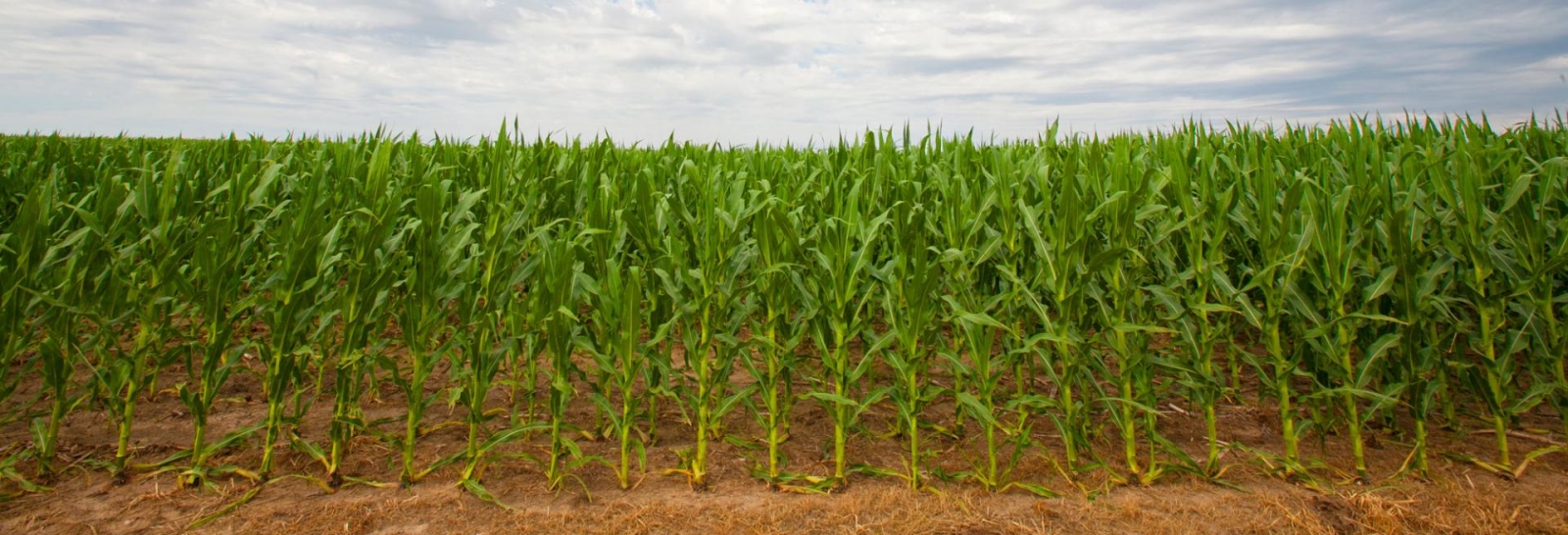March 6, 2009 Drought, declining water tables, and legal issues are limiting the amount of irrigation water available in some areas. If you don't expect to have enough irrigation water for a good grain crop this year, consider planting forages.
When water is short, sometimes you can combine water allocated for several fields onto one field to get a crop, but that still leaves the other acres with little or no water. Forage crops also need water for highest production, but unlike most annual crops, at least some useful yield can be gathered when total water available is very low.
Perennial Forages
If you expect to face water limits for several years, a perennial forage would eliminate the cost and time of establishing a new crop each year. Switchgrass is a good choice because it is less expensive to plant, its primary water needs occur in early summer when water usually is available, and it can be managed successfully for hay or pasture.
Other good warm-season grass options include big or sand bluestem and indiangrass, especially for grazing. Some of the wheatgrasses and bromegrasses as well as alfalfa can work with limited irrigation, but these cool-season plants respond best to water applied during spring. For some irrigators, water doesn't become available until after this most efficient time has passed.
Annual Forages
Of course, annual forages like pearl and foxtail millet, cane, teff, and sorghum-sudangrass are relatively water efficient and will yield proportionately to the amount of water they actually receive. And don't forget small grains like rye, triticale, and oats for fall and spring forage if you have moisture at those times.
It may not be what you hoped for, but when water is limited, growing forages may help you make the best out of a bad situation.
Bruce Anderson
Extension Forage Specialist
